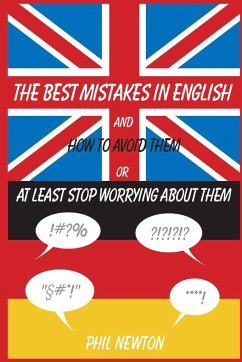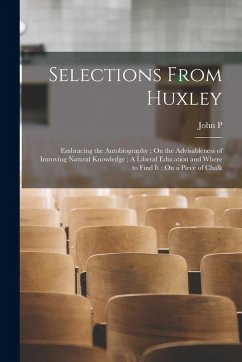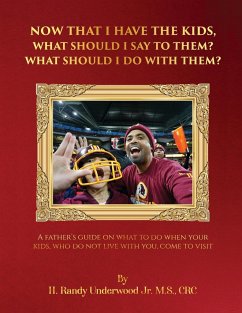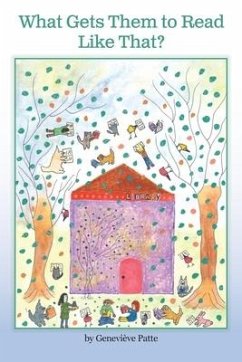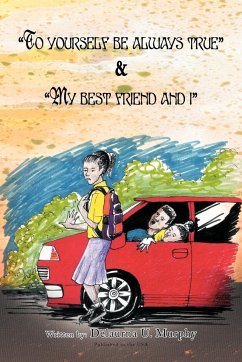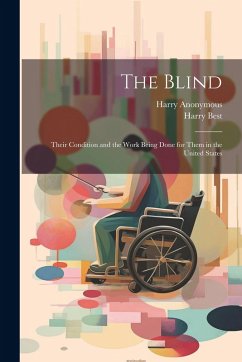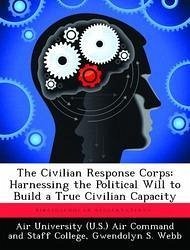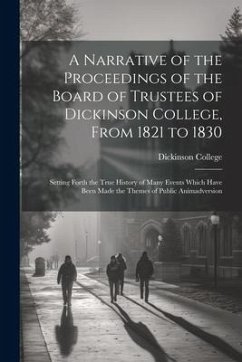
What Shall We Do With Our Children? How to Find Their True Natures, and the Best Way to Educate Them
Versandkostenfrei!
Versandfertig in über 4 Wochen
15,99 €
inkl. MwSt.
Weitere Ausgaben:

PAYBACK Punkte
8 °P sammeln!
"What Shall We Do With Our Children?" by Charles Alfred Barry offers timeless advice on understanding and nurturing a child's inherent nature to foster their full potential through education. Barry explores the importance of tailored learning experiences that recognize each child's unique strengths and weaknesses. This book provides guidance for parents and educators seeking to cultivate intelligence and strong moral character in children. Originally published in 1891, its wisdom remains relevant for anyone seeking to understand how best to guide the development of young minds. Barry's insight...
"What Shall We Do With Our Children?" by Charles Alfred Barry offers timeless advice on understanding and nurturing a child's inherent nature to foster their full potential through education. Barry explores the importance of tailored learning experiences that recognize each child's unique strengths and weaknesses. This book provides guidance for parents and educators seeking to cultivate intelligence and strong moral character in children. Originally published in 1891, its wisdom remains relevant for anyone seeking to understand how best to guide the development of young minds. Barry's insightful observations on education and parenting make this work a valuable resource for those dedicated to raising thoughtful, well-rounded individuals. Discover how to find your children's true natures and unlock their potential with this enduring guide. This work has been selected by scholars as being culturally important, and is part of the knowledge base of civilization as we know it. This work was reproduced from the original artifact, and remains as true to the original work as possible. Therefore, you will see the original copyright references, library stamps (as most of these works have been housed in our most important libraries around the world), and other notations in the work. This work is in the public domain in the United States of America, and possibly other nations. Within the United States, you may freely copy and distribute this work, as no entity (individual or corporate) has a copyright on the body of the work. As a reproduction of a historical artifact, this work may contain missing or blurred pages, poor pictures, errant marks, etc. Scholars believe, and we concur, that this work is important enough to be preserved, reproduced, and made generally available to the public. We appreciate your support of the preservation process, and thank you for being an important part of keeping this knowledge alive and relevant.



![The Improvement Of The Mind. To Which Is Added, A Discourse On The Education Of Children And Youth [and] (remnants Of Time). With A Life Of The Author Cover The Improvement Of The Mind. To Which Is Added, A Discourse On The Education Of Children And Youth [and] (remnants Of Time). With A Life Of The Author](https://bilder.buecher.de/produkte/75/75237/75237847n.jpg)
